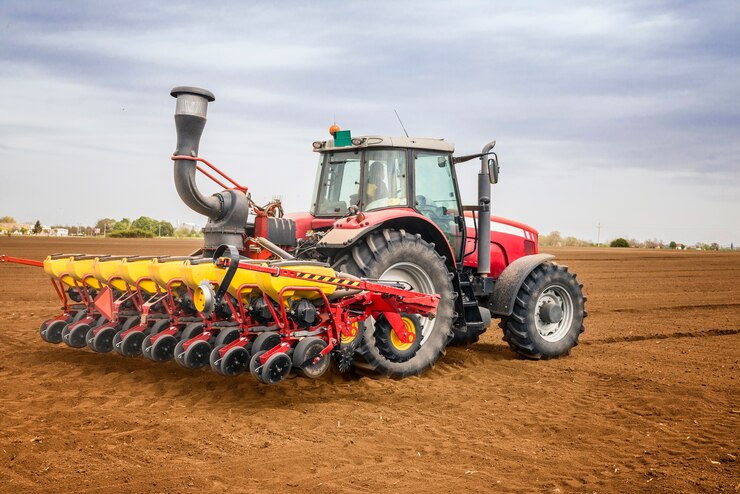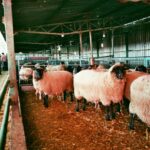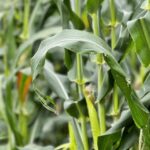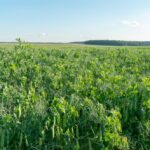When it comes to farming, selecting the right seeders and planters is one of the most critical decisions you can make. These tools directly impact the success of your planting process, influencing crop establishment, yield, and overall profitability. With a wide variety of options available, understanding how to choose the best equipment for your needs is essential. Here’s why selecting the right seeders and planters matters and how to make an informed decision.
1. Optimizing Seed Placement
Accurate seed placement is vital for achieving uniform germination and growth. Modern seeders and planters are designed to:
- Ensure Consistent Depth: Plant seeds at the optimal depth for better root development and nutrient absorption.
- Maintain Proper Spacing: Prevent overcrowding or gaps, maximizing field utilization.
- Enhance Seed-to-Soil Contact: Promote germination by placing seeds in well-prepared soil.
Choosing equipment with advanced precision planting features can help you achieve these goals, leading to healthier crops and higher yields.
2. Improving Efficiency and Reducing Labor
Manual planting is time-consuming and labor-intensive. Seeders and planters streamline the process, allowing you to cover more ground in less time. Benefits include:
- Faster Planting: High-capacity machines can plant acres of land in a fraction of the time.
- Reduced Labor Costs: Minimize the need for manual labor, lowering operational expenses.
- Consistent Performance: Ensure uniform planting across fields, reducing the need for rework.
Investing in efficient equipment helps you save time and resources during the critical planting season.
3. Tailoring to Crop-Specific Needs
Different crops have unique planting requirements, and specialized seeders and planters can accommodate these needs. For example:
- Grain Drills: Ideal for small grains like wheat, oats, and barley.
- Row Planters: Perfect for row crops such as corn, soybeans, and cotton.
- Vegetable Planters: Designed for precision planting of vegetables like carrots, onions, and lettuce.
Selecting crop-specific equipment ensures optimal performance and adaptability to your farming practices.
4. Leveraging Technology for Precision Farming
Modern seeders and planters often come equipped with advanced technology, enabling precision farming. Features to look for include:
- GPS Guidance Systems: Ensure straight rows and minimize overlap, saving seeds and reducing fuel consumption.
- Variable Rate Planting: Adjust seed rates based on soil conditions, improving yield potential.
- Real-Time Monitoring: Track planting performance and make adjustments on the go.
These technological advancements help you maximize efficiency and make data-driven decisions for better crop management.
5. Reducing Waste and Increasing Sustainability
Efficient seeders and planters contribute to sustainable farming practices by minimizing waste. Key benefits include:
- Reduced Seed Waste: Precision placement ensures that every seed counts.
- Lower Input Costs: Efficient use of seeds, fertilizer, and other inputs reduces overall costs.
- Environmental Impact: Precision equipment reduces the need for replanting, conserving resources and protecting the environment.
By choosing the right tools, you can achieve higher productivity while maintaining eco-friendly practices.
6. Considering Field Conditions and Equipment Compatibility
Field conditions play a significant role in equipment selection. Factors to consider include:
- Soil Type: Some machines perform better in sandy soils, while others excel in clay or loamy conditions.
- Field Size and Layout: Choose equipment that matches the scale of your operation and can navigate irregularly shaped fields.
- Tractor Compatibility: Ensure your seeders and planters are compatible with your existing machinery.
Selecting equipment tailored to your field conditions ensures smooth operation and optimal results.
7. Maintaining and Upgrading Your Equipment
To get the most out of your seeders and planters, regular maintenance is crucial. Tips include:
- Routine Inspections: Check for wear and tear, especially on critical components like seed plates and openers.
- Timely Repairs: Address issues promptly to avoid costly downtime during planting season.
- Periodic Upgrades: Invest in newer models or retrofit existing equipment with advanced features to stay competitive.
Proper maintenance ensures longevity and consistent performance, maximizing your return on investment.
Selecting the right seeders and planters is essential for efficient, sustainable, and profitable farming. By considering factors such as crop-specific needs, field conditions, and advanced technology, you can make informed choices that enhance productivity and reduce costs. Regular maintenance and upgrades further ensure the reliability of your equipment. With the right tools in place, you’ll be well-positioned to achieve successful planting seasons and long-term success in your farming operation.
Join 'Farmers Mag' WhatsApp Channel
Get the latest Farming news and tips delivered straight to your WhatsApp
CLICK HERE TO JOIN






